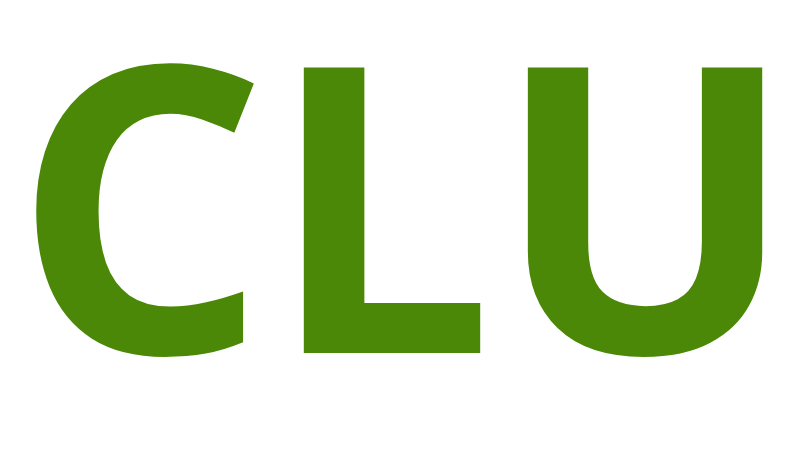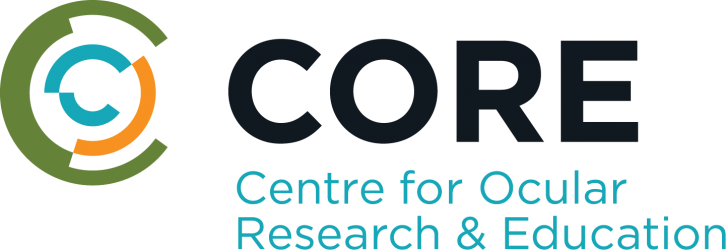Publications
Showing 25 results out of 496 in total.
Tan W, Jones L. Are all preservatives contraindicated in the management of dry eye disease? Ocular Surface Insight 2022;1513-16
van der Worp E, Wolffsohn J, Jones L. Dropping the dropout rate Contact Lens Spectrum 2020;35, May: 36-43 [ Show Abstract ]
van der Worp E, Morgan P, Efron N, Helland M, Jones L, Tranoudis Y, Woods CA. A survey of contact lens fitting: an international perspective (Enquete contactlensaanpassingen International 2001) Visus 2002;115-19
van der Worp E, Morgan P, Efron N, Helland M, Jones L, Woods CA. Contactlens aanpassingen International Visus 2001;1151-157
Varikooty J. Summary: Report of the Subcommittee on Neurobiology ContactLensUpdate.com 2014
Varikooty J, Stahl U. Visualization of limbal/conjunctival folliculitis associated with soft contact lens wear ContactLensUpdate.com 2012
Walker M, Bergmanson J, Fadel D, Johns L. Evidence-based Research and Clinical Practice Contact Lens Spectrum 2022;37, October: 38-43
Walker M, Bergmanson J, Schornack M, Fadel D. IFSLR 2023 RECAP Contact Lens Spectrum 2023;38, September: 37-41
Walsh K. Contact lens aftercare: an opportunity to deliver great customer experience Optik 2016
Walsh K. Not all contact lens deposits are bad Optik 2016
Walsh K. Three days of the latest in education, innovation and best practice Optik 2017
Walsh K. Building a bigger basket with your contact lens wearers Optik 2017
Walsh K. The astigmat in contact lenses: their experience and your opportunity Optik 2017
Walsh K. Material protection: UV and contacts Optik 2017
Walsh K. Hurry up and fit them while they’re young Optik 2017
Walsh K. A glimpse of a future contact lens practice Optik 2017
Walsh K. Pupil diameter, working distance and illumination during habitual tasks. Implications for simultaneous vision contact lenses for presbyopia - An article review ContactLensUpdate.com 2017
Walsh K. Summary: Definition and classification report ContactLensUpdate.com 2017
Walsh K. Myth 3: It is not worth correcting low astigmats with toric contact lenses ContactLensUpdate.com 2018
Walsh K. Myth or reality? ContactLensUpdate.com 2018
Walsh K. Summary: Defining and Classifying Myopia: A Proposed Set of Standards for Clinical and Epidemiological Studies ContactLensUpdate.com 2019
Walsh K. Clinical pearls from GSLS New Zealand Optics 2019, March: 16-19
Walsh K. Canadian Dry Eye Summit: Conference review
https://contactlensupdate.com/2019/12/11/canadian-dry-eye-summit-conference-review/ 2019;December.
Walsh K. Canadian Dry Eye Summit: On the subject of nutrition https://contactlensupdate.com/2019/12/11/canadian-dry-eye-summit-on-the-subject-of-nutrition/ 2019;December.
Walsh K. Canadian Dry Eye Summit: Getting started in practice https://contactlensupdate.com/2019/12/11/canadian-dry-eye-summit-getting-started-in-practice/ 2019;December.





